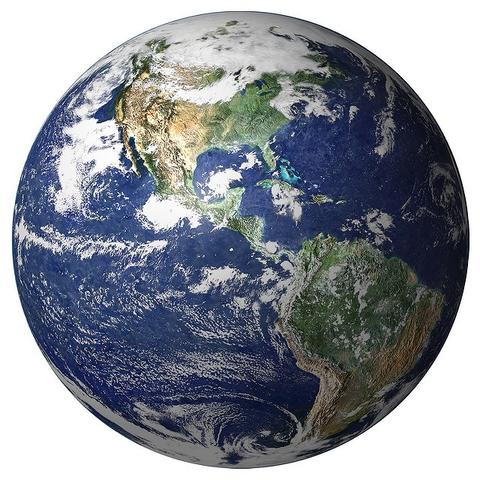
Geophysics-Geotechnics course (G²)
The G² program combines non-destructive approaches to near-subsoil recognition with specific geotechnical assignments. The common M1 year leads towards two specific pathways in M2, corresponding to the two professions of geophysicist and geotechnician. However, developments in the near-surface engineering and civil engineering sectors that lead to these professions are brought together in specialized departments or subsidiaries within the same company. This is because the geophysicist will be contacted for internal or external calls for tender.
Organization
A choice of subjects in M2 allows you to specialize:
- Geophysical pathway
- Geotechnical pathway
- MSROE (Mechanics of Soils, Rocks and Structures in their Environment), with a research focus (doctoral studies).
In geophysics, practical training involves field placements using several prospecting methods to address a given problem: two weeks of field training for the geophysical pathway, one week of geophysical-geotechnical training for the geotechnical pathway, and one week of geophysical training for the MSROE pathway.
The geotechnical training program includes guest lecturers from institutions with recognized expertise: Conservatoire National des Arts et Métiers (CNAM), École des Ponts ParisTech (ENPC), CentraleSupélec (CS), Institut Français des Sciences et Technologies des transports (IFSTTAR). In addition to the G² pathway, students can also enroll in the M2 MSROE (master's degree in Mechanics of Soils and Rocks and Structures in their Environment), with the majority of courses at ENPC and CS, a master's degree with a more advanced geotechnical research vocation.
Skills and knowledge
Multi-method geophysical surveys applied to near-surface issues (first tens of meters in depth): planning, field acquisition, processing (signal, inversion, interpolation, georeferencing) and interpretation.
In geotechnical engineering, managing worksites directly related to soils and rocks, such as earthworks, foundations and underground structures. Additionally, skills in dimensioning structures via numerical modeling.
Target audience
Geosciences students with a particular interest in physical and experimental sciences, or physics students who are curious about applied sciences.
Admission requirements
M1 in geosciences or M1 in physics
Basic geotechnical knowledge if geotechnical pathway is chosen.
Strong grasp of quantitative subjects (maths, physics, computing, experimental sciences).
Fluent written and spoken French (TCF C1 level preferred).
Job opportunities
Our graduates use these imaging methods in environmental fields, from water resource management and natural hazard assessment to the detection of polluted areas, and even pyrotechnic detection. Emerging business sectors include recognising large linear structures (dykes and retention works) in relation to the risks inherent in this type of structure, or the detection of networks (water and gas pipes, wire networks) in accordance with a recent standard, prior to work in urban or peri-urban soils. Recognising ancient or historic soils and structures is also a possible career route (geo-archaeology).
Geotechnicians are involved in preliminary diagnostics and construction management (roads, foundations, earthworks, tunnels), but needs for new expertise are emerging, for example with the development of near-shore structures (offshore wind turbines). Closer to the training establishment, construction of the Greater Paris project, with its numerous underground worksites, will lead to a permanent increase (until 2030) of recrutement in the geotechnical field.
Contacts
Course leader
Christian CAMERLYNCK
Cyril SCHAMPER
Secretary
Annick SOUTARSON
Campus Pierre et Marie Curie
Département de SDUEE
Tour 46/00 - 1er étage - porte 107
Case courrier 210
4 place Jussieu
75005 Paris
